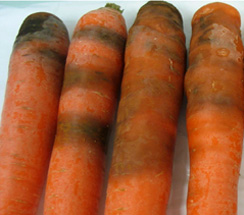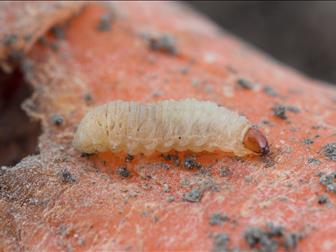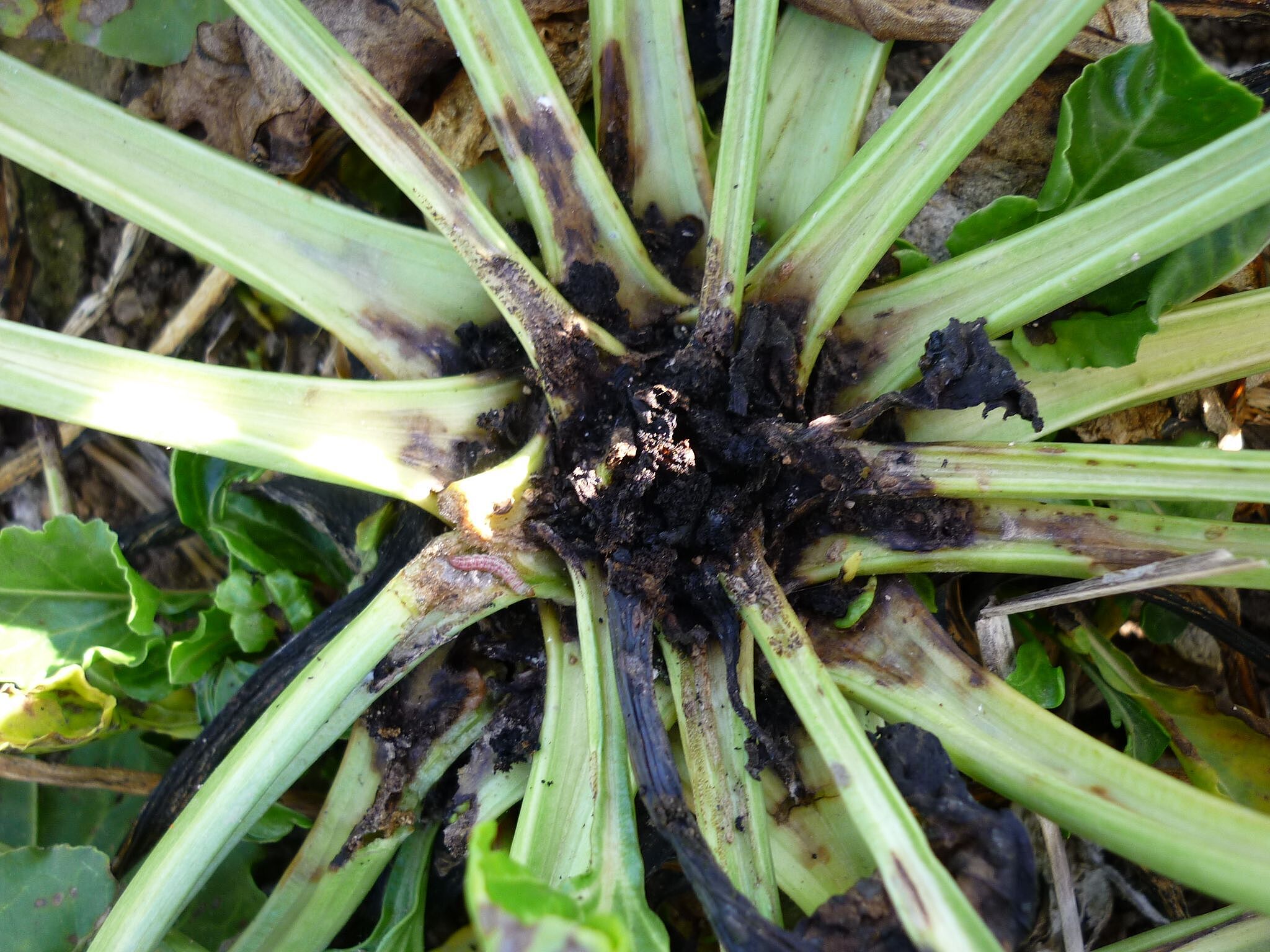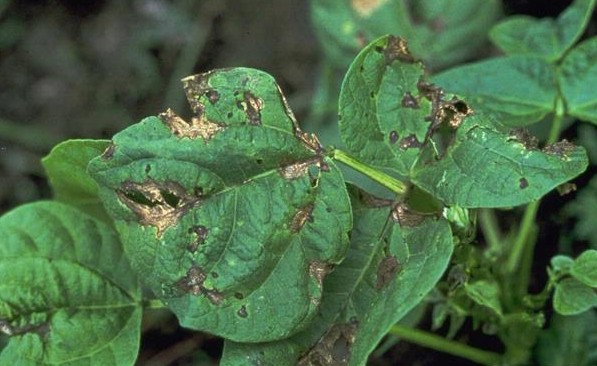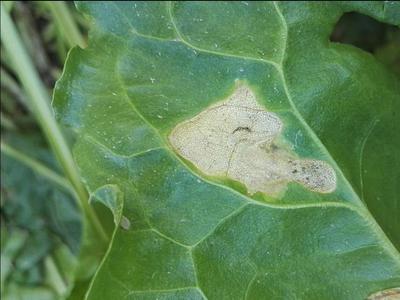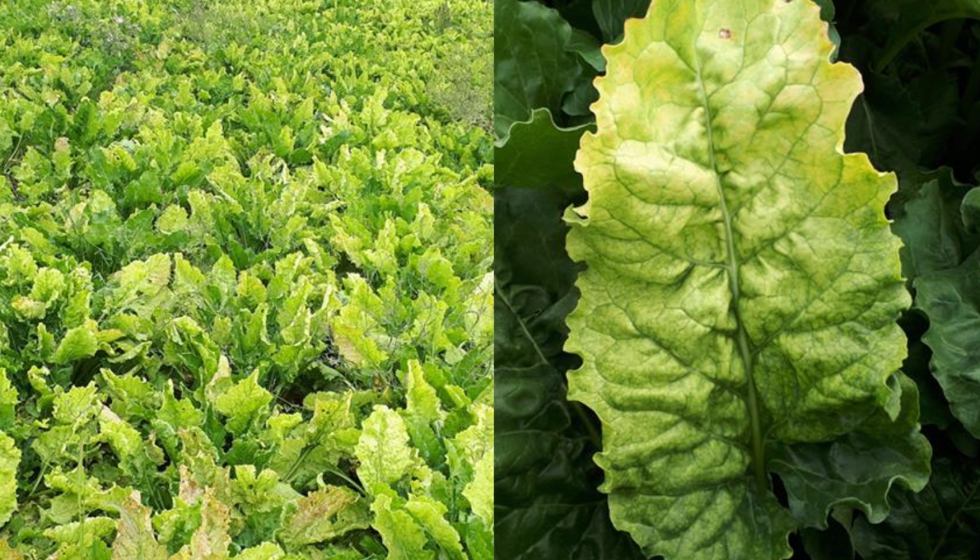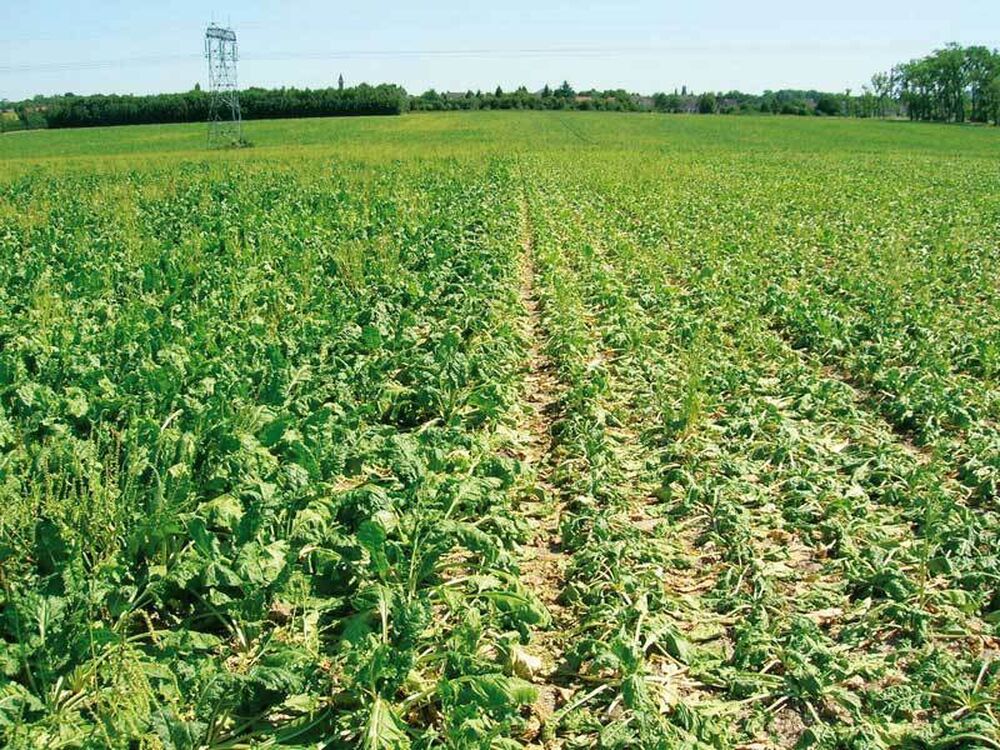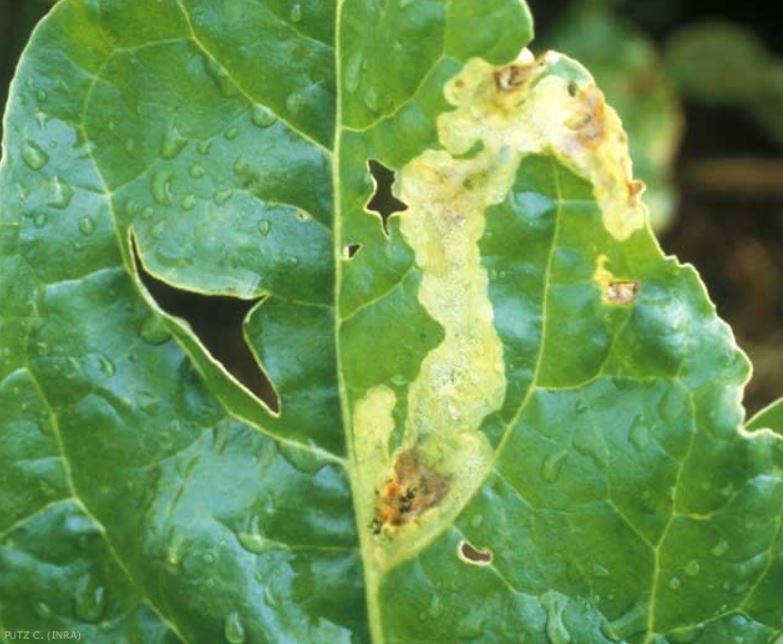
Tomate
How to recognize and combat tomato mosaic virus (TOMV)
Tomato Mosaic Virus (Tomv)
Virus
Type:
Risk to the plant:
HIGH
Virus Tomv
Pathogen:
Virus

WHO CAUSES IT?
Tomato Mosaic Virus (ToMV) is a single-stranded RNA virus that belongs to the Tobamovirus genus. This virus is highly stable and can survive in plant remains, tools and crop structures for long periods, which facilitates its persistence and spread. ToMV infects tomato cells by entering through wounds or natural openings in the plant. Once inside, the virus uses the tomato's cellular machinery to replicate, producing new viral particles that spread to other cells and tissues of the plant. This process of replication and intercellular movement causes the appearance of the characteristic symptoms of the virus. Furthermore, ToMV can be transmitted mechanically through contact with infected plants, aggravating its spread in dense and poorly managed crops.
SYMPTOMS
The disease caused by the Tomato Mosaic Virus in tomato manifests itself mainly through a series of symptoms that affect the appearance and productivity of the plant. The leaves have a characteristic mosaic pattern, with areas of light and dark green, as well as deformations and wrinkles. Infection can also affect the size and shape of fruits, significantly reducing crop quality and yield.
- Light and dark green mosaic on the leaves
- Leaf deformations and wrinkles
- Reduction in fruit size
- Taches and deformations on the fruits
- Yellowing of the leaves
- Delay in plant growth
- Decreased crop yield



DEVELOPMENT CONDITIONS
Temperature:
20-25°C
Humidity:
60-80%
HOW IS IT SPREAD?
Contact with contaminated tools, workers' hands and clothing, infected crop remains, infected seed, water splashes, contact between plants, vector insects
HOW TO ELIMINATE IT?
Home treatments
There are no home treatments
Natural allies
Chemical treatments
There are no treatments for this disease. Treatments are directed at the insect vectors that transmit it. See insect treatments.
RECOMMENDED PRODUCTS TO ELIMINATE THE PEST
Sponsored link
Sponsored link
Sponsored link
Sponsored link
Sponsored link
Sponsored link
Effective against all types of fungi
REPELLENT PLANTS
RECOMMENDATIONS
Measures to control viruses in already infected plants:
• Remove and destroy infected plants to prevent the virus from spreading.
• Control insect vectors using chemical or biological methods.
• Disinfect cutting and agricultural tools between uses.
• Avoid reusing contaminated substrates or irrigation water for diseased plants.
Preventive measures to avoid viral infections:
• Use certified, virus-free seeds and seedlings.
• Establish physical barriers or trap crops against vectors.
• Rotate crops with species that do not host the virus.
• Promote biodiversity to reduce vector pressure.
• Maintain good field hygiene and constantly disinfect tools.
• Regularly monitor crops to detect early symptoms.





















